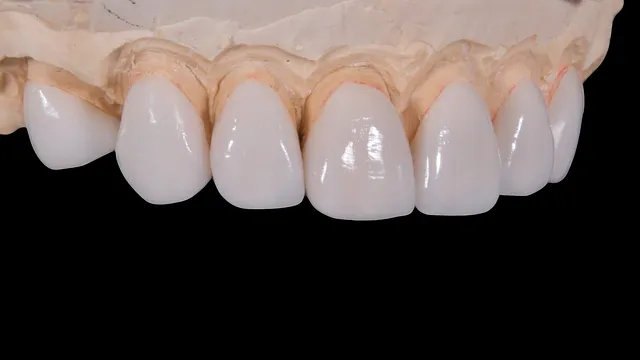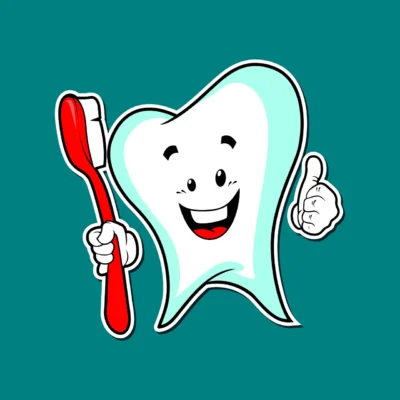
If you’ve recently undergone laser gum disease treatment, you may be wondering when you can expect the symptoms of gum disease to fade away. While every patient is different and healing times can vary, there are some general guidelines to keep in mind.
LANAP (laser-assisted new attachment procedure) is the only realistic alternative to osseous surgery. Your dentist may also recommend antimicrobial mouthwash You swish this in your mouth as part of your daily brushing routine to help control bacteria. It’s available both by prescription and over the counter. Some toothpastes marked as antibacterial may contain fluoride and an antibiotic called triclosan to help reduce your plaque and gingivitis. Routine dental visits can help find early signs of gum disease. Both gingivitis and periodontitis have been shown to raise your risk of things like diabetes, heart disease, osteoporosis, pneumonia, and cancer.
What Is Laser Gum Disease Treatment?
They then remove the tartar and plaque built up below and around your gumline. Next, they use a different tool to smooth out any rough spots on your tooth above and below the gumline. Removing these rough spots mitigates the chance your teeth and gums will attract more bacteria and get future infections.
Laser gum disease treatment, also known as LANAP (Laser-Assisted New Attachment Procedure), is a minimally invasive procedure that uses a laser to remove infected tissue and bacteria from the gums. This innovative treatment promotes faster healing and less pain compared to traditional gum surgery.
When Will I See Improvement?
These plans cater to consumers seeking inclusive dental care, with options like coverage for dental implants. Inspired by customer feedback emphasizing the importance of whole-person care, Humana Extend represents a transition from traditional dental insurance. Experience the next level of dental coverage with Humana Extend. She says that during the treatment there was some slight pain, but that now she has no more bleeding or swelling and the aesthetics of her smile have improved as well. After surgery, you’re likely to experience less pain than you would with traditional surgery because there are no stitches involved and the healing time is generally faster.
Yes, in most cases, you can prevent gum disease with consistent and proper oral hygiene. Some people are more prone to gum disease due to genetics or other health conditions. In these instances, you may need more frequent cleanings with your dental hygienist. After laser therapy, your post-op care will be unique to your healing process, and your dental professional will give you guidelines specific to you. It uses lasers instead of a scalpel and therefore doesn’t require your gums to be cut like with traditional gum surgery.
Since there’s no scalpel or cutting, laser gum surgery eliminates the need for stitches and reduces postoperative bleeding. When this procedure is done to treat gum disease, insurance often covers it. There’s a small body of evidence indicating that laser gum surgery is safe and effective for treating many dental conditions, including gum disease. Do you have questions about the benefits of laser gum therapy in Santa Rosa? Dr. McCormick is highly experienced in laser dentistry for the past 20 years and can address all of your questions and concerns.
After laser gum disease treatment, you may start to see improvement in your gum health within a few days to a week. However, it’s important to note that full healing can take several weeks to months, depending on the severity of your gum disease and how well you follow post-operative care instructions.
Common Symptoms After Laser Gum Disease Treatment
- Bleeding gums
- Swelling
- Sensitivity
- Discomfort
FAQs
Q: Can I brush my teeth after laser gum disease treatment?
A:
Q: When can I resume normal eating habits?
A:
Overall, it’s essential to follow your dentist’s aftercare instructions closely to ensure a smooth recovery and optimal results. If you have any concerns about the healing process or experience persistent symptoms, don’t hesitate to contact your dental provider for guidance.




